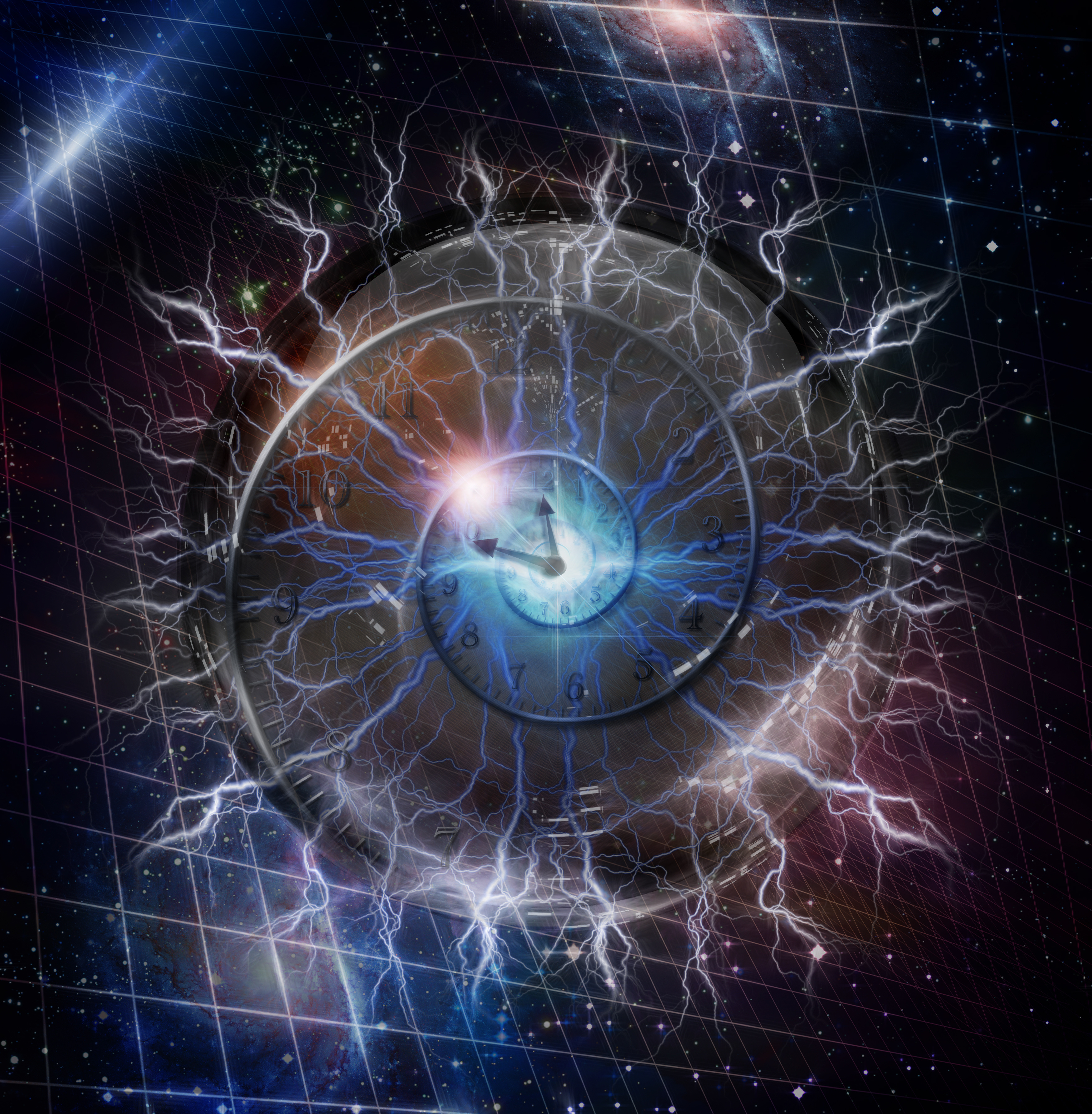“Game changer” superconductor discovered to power future computers

- Researchers from John Hopkins University discovered a new superconducting material.
- The material, called β-Bi2Pd, can create flex qubits, necessary for quantum computing.
- Next for the scientists is looking for Majorana fermions.
Quantum computers may be closer to reality thanks to a discovery by researchers from John Hopkins University. Their recent paper, published in Science, describes their find of a superconducting material that can be the basis of the computers of the future.
The big difference between our contemporary computers and quantum computers is that instead of using bits of either “0” or “1” to store a piece of information, the quantum computers will employ quantum mechanics. They will store data in quantum bits (known as “qubits“). Such qubits exist in a superposition of two states, where both zero and one can be represented at the same time.
This technology, supercharging computational speed, could make quantum computers immensely superior to current computers, especially in such fields as artificial intelligence, predicting weather, the stock market, developing cures for illnesses, military applications and others.
What the John Hopkins scientists found is a way to create a qubit from a ring made out of a superconducting material known as β-Bi2Pd, which naturally exists in a quantum state. Usually you would need to add magnetic fields to achieve this effect, a fact that makes the “flux qubit” created from this substance a possible “game changer,” said Chia-Ling Chien, Professor of Physics at The Johns Hopkins University and the paper’s co-author.
In their study, the researchers observed that β-Bi2Pd exists between two states, with the current able to simultaneously circulate both clockwise and counterclockwise through its ring.
The scientists are most excited about the practicality of utilizing such a material.
Quantum Computing 2019 Update
Quantum computing overview that includes main concepts, recent developments from IBM, Intel, Google, Microsoft, D-Wave, Rigetti and other pioneers.
Much more research lies ahead, however, before the era of quantum computers is upon us. Next for the researchers is looking for Majorana fermions within β-Bi2Pd. Finding these theoretical particles is seen as an important milestone in quantum computing. What’s significant is that they are anti-particles of themselves and can lead to error-free topological quantum computers.
The paper’s first author. Yufan Li, a postdoctoral fellow in the Department of Physics & Astronomy at The Johns Hopkins University, thinks that discovering the special properties of β-Bi2Pd bodes well for finding within it the fermions.
“Ultimately, the goal is to find and then manipulate Majorana fermions, which is key to achieving fault-tolerant quantum computing for truly unleashing the power of quantum mechanics,” said Li in a press release.
Xiaoying Xu of Johns Hopkins University; and M.-H. Lee and M.-W. Chu of National Taiwan University were the additional co-authors of the paper.
Check out their new paper, published October 11th, in Science Magazine.





